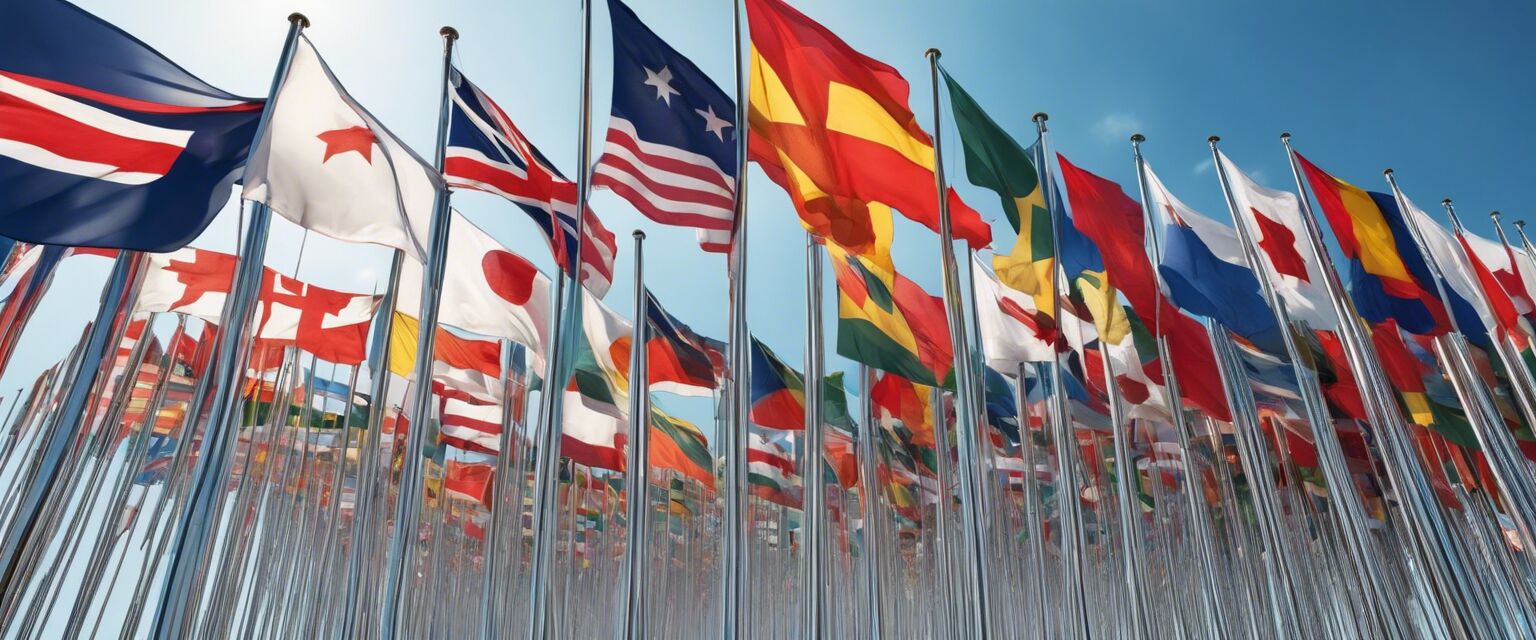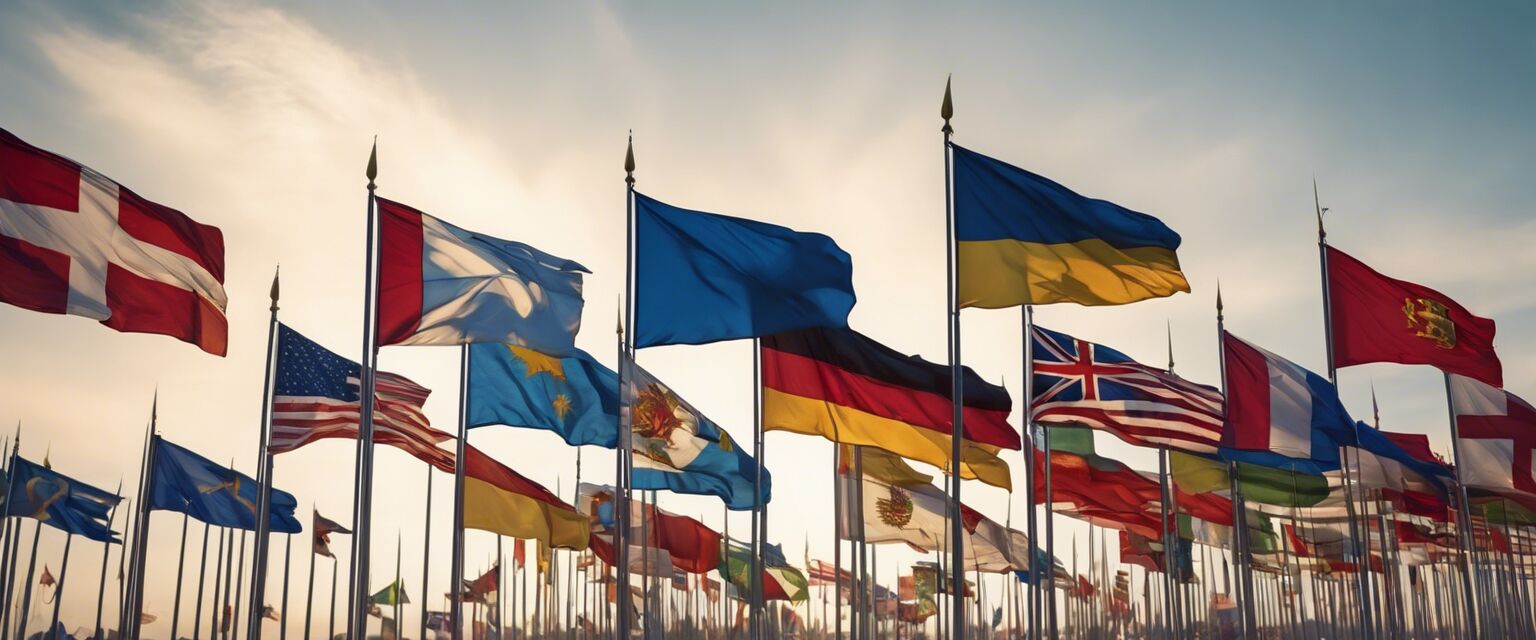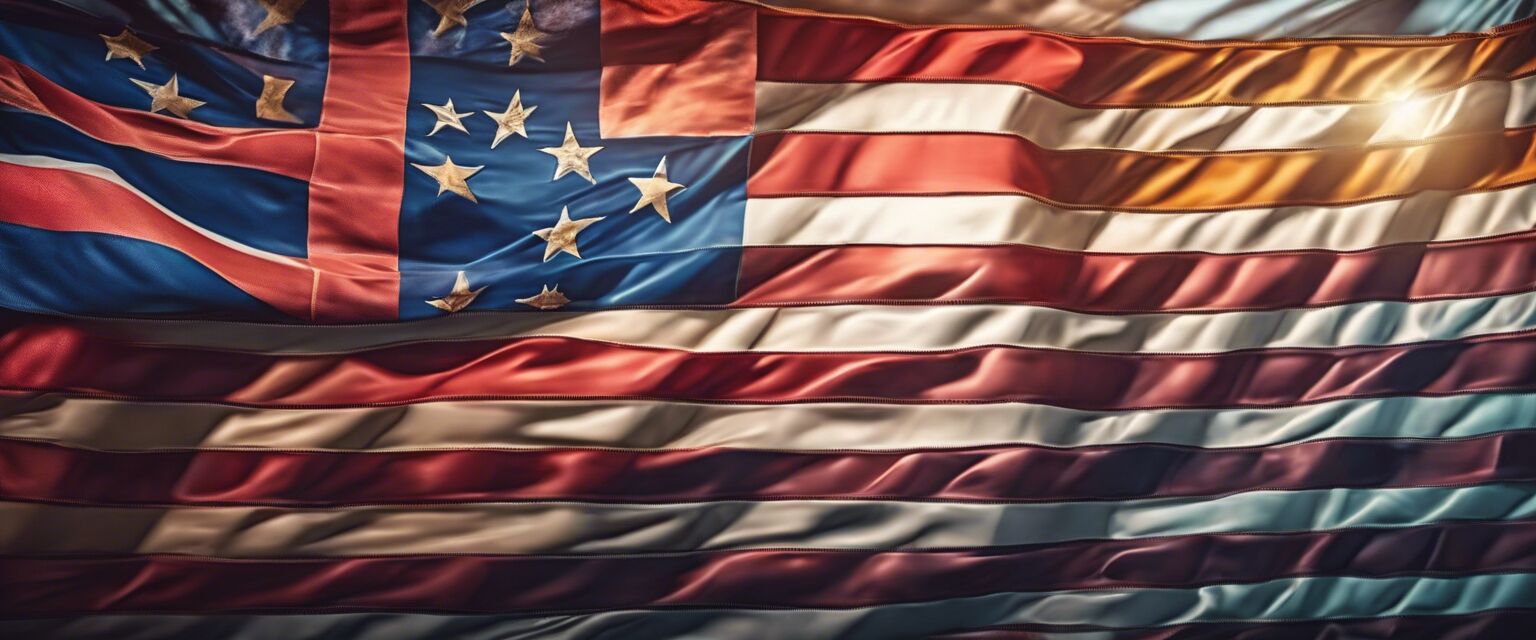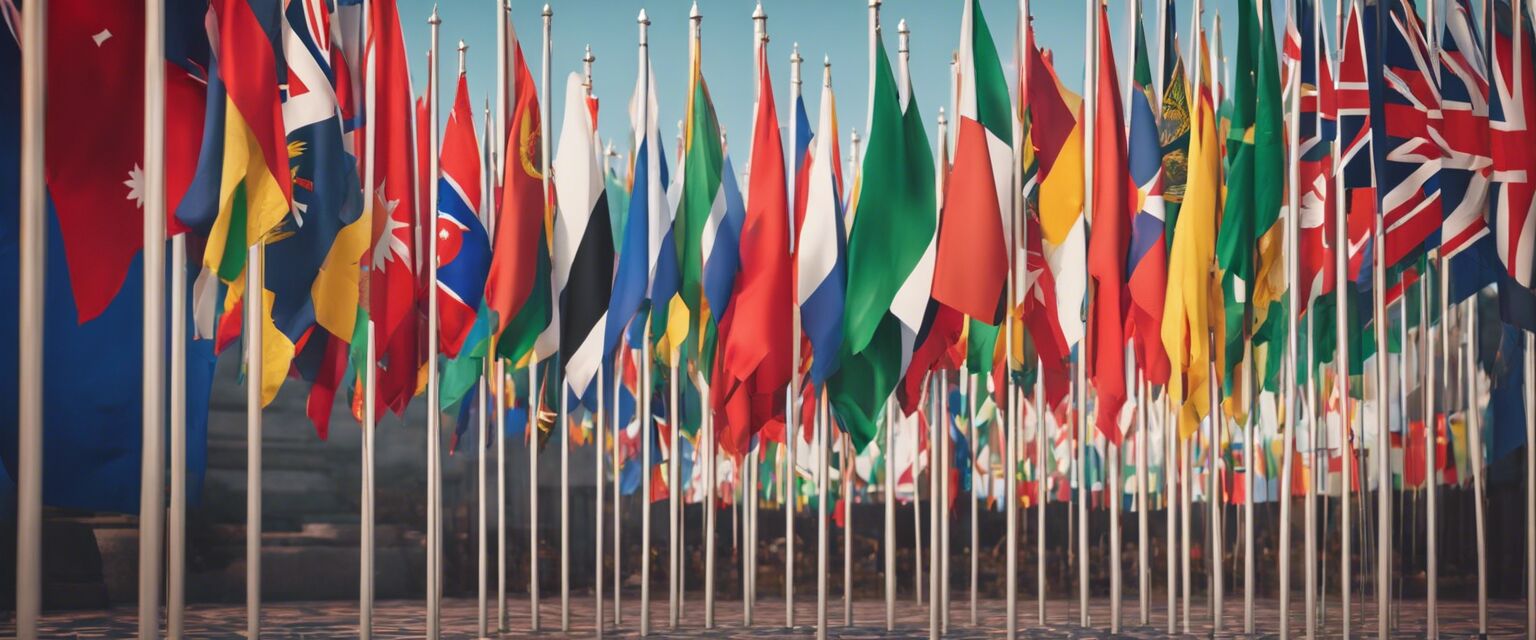
Famous Flags
Key Takeaways
- Flags serve as symbols of identity, culture, and history.
- Famous flags have distinct designs and colors that communicate specific meanings.
- Understanding the origins of flags enhances appreciation for their significance.
- Flags are widely used in various settings, from national events to local festivals.
Flags have long been more than just colorful pieces of fabric; they are emblematic of culture, history, and unity. Whether displayed at national holidays or used at festivals, the symbolism behind flags invokes a sense of pride and belonging. In this article, we will explore some of the most famous and iconic flags from around the world.
The significance of flags
Flags hold immense significance for nations, organizations, and movements. They represent something deeper than mere colors and shapesâflags embody identity, values, and aspirations. Here are a few reasons why flags matter:
- Identity: Flags help unify people under a common identity.
- Representation: Different colors and patterns often reflect cultural heritage.
- History: Flags carry historical significance, embodying events and struggles over time.
Famous flags around the world
1. The United States Flag
Often called the Stars and Stripes, the flag of the United States features 13 horizontal stripes and 50 stars, representing the 50 states. It is a symbol of freedom and democracy.

2. The Union Jack
The flag of the United Kingdom, known as the Union Jack, merges the crosses of St George, St Andrew, and St Patrick. It symbolizes the union of England, Scotland, and Ireland.

3. The Brazilian Flag
Displaying a green field with a yellow diamond and a blue globe featuring 27 stars, the Brazilian flag is rich in symbolism connected to the countryâs natural resources and states.
4. The French Flag
The Tricolore, or French flag, includes three vertical bands of blue, white, and red. It symbolizes liberty, equality, and fraternity, core values of the French Republic.
Comparison of famous flags
| Country | Flag Name | Main Colors | Symbolism |
|---|---|---|---|
| United States | Stars and Stripes | Red, White, Blue | Freedom and democracy |
| United Kingdom | Union Jack | Red, White, Blue | Union of England, Scotland, and Ireland |
| Brazil | Brazilian Flag | Green, Yellow, Blue | Natural resources and states |
| France | Tricolore | Blue, White, Red | Liberty, equality, and fraternity |
History behind notable flags
Each famous flag has its own story behind its design, colors, and meaning. Here are a few highlights:
- The United States flag was adopted on June 14, 1777, and gradually added stars for each new state.
- The Union Jack has origins that date back to 1606, merging earlier flags of England and Scotland.
- The Brazilian flag was officially adopted on November 19, 1889, reflecting the countryâs identity post-monarchy.
- The French Tricolore was created during the French Revolution and symbolizes the principles of the revolution.
Types of flags
Flags can be categorized in various ways based on their functions and designs:
- National Flags: Represent countries and serve as symbols for their citizens.
- State Flags: Regional flags that symbolize individual states or provinces.
- Military Flags: Used by armed forces to represent units or branches.
- Festive Flags: Employed during celebrations and events, like sports games or national holidays.
Famous festivals featuring flags
Many festivals around the world feature colorful flags, enhancing the visual appeal of the celebrations. Here are a few notable events:
| Festival | Location | Flag Significance |
|---|---|---|
| Rio Carnival | Brazil | Vibrant flags showcase samba schools and cultural heritage. |
| Oktoberfest | Germany | Flags reflect local traditions and beer culture. |
| Independence Day | United States | American flags are displayed nationwide, symbolizing patriotism. |
| Chinese New Year | China | Decorative flags and banners symbolize prosperity and good fortune. |
Conclusion
Flags serve as powerful symbols that evoke feelings of unity, pride, and cultural significance. By understanding the history and significance of famous flags, we can better appreciate the diverse fabric of our global community. As we celebrate various events and observances, let us recognize the flags that represent not just locations but collective identities and beliefs.
Pros
- Flags can foster a sense of unity and pride among communities.
- They carry deep historical and cultural significance.
- Flags are often a visually appealing element in celebrations.
Cons
- Flags may sometimes be controversial due to historical implications.
- They can raise issues of national identity and patriotism.
- Miscommunication can arise over the interpretation of symbols within flags.
Tips for learning about flags
- Visit museums that feature exhibits on flags and heraldry.
- Explore online resources and documentaries focusing on flag history.
- Participate in local cultural festivals to experience flags in context.








